RESEARCH & DEVELOPMENT
Creating the future with cutting-edge technology.
-
The frontier of research and development.
ORGO Inc. is dedicated to shaping the future through cutting-edge technology,
leading innovative technological developments in the realms of human anatomy science and AI.
We collaborate to innovate, striving to transform the health of individuals and the prospects of humanity for the better.
Our research and development focus on breakthrough technologies capable of inducing innovation in society,
directly impacting technological developments in products and services.

RESEARCH AREA
Research Fields
At ORGO, our research and development predominantly center on the fusion of AI and biomechanics technology, specifically in skeletal modeling. We focus on the following research domains:
-
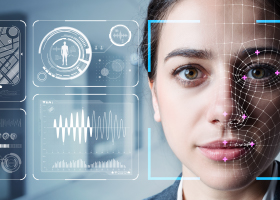
Computer Vision
-
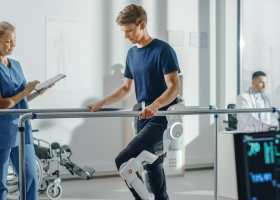
Pose Estimation Technology
-

Inverse Kinematics Analysis
-
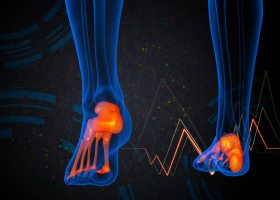
Ground Reaction Force Estimation Technology
-
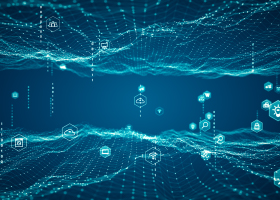
Processing Optimization Technology
-
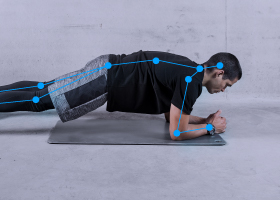
Generation of Special Movement Analysis Models
-
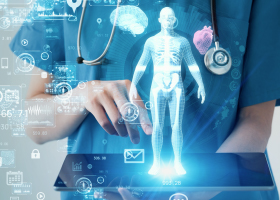
Disease Estimation Technology
-

Motion Evaluation Technology
CORE TECHNOLOGIES
Core Technologies
-
CORE TECHNOLOGIES01
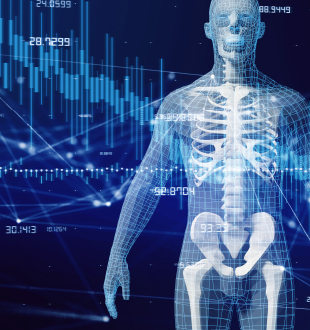
Pose Estimation Technology
We're researching and developing pose estimation technology using computer vision with only a single-camera setup. This significantly reduces hardware costs that were traditionally required.
-
CORE TECHNOLOGIES02

Ground Reaction Force Estimation Technology
This technology estimates the external force exerted on the human body using posture and environmental information obtained from pose estimation and image analysis. It generates temporal data derived from videos.
-
CORE TECHNOLOGIES03
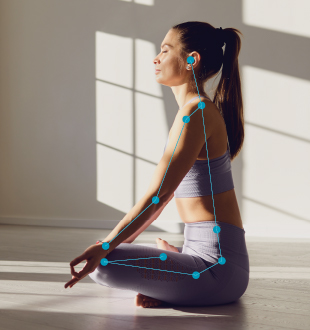
Musculoskeletal Model Generation Technology through Inverse Kinematics Analysis
By conducting inverse kinematics analysis based on movement and joint data obtained from pose estimation and ground reaction force estimation, we transform this into joint and muscle activity data to generate musculoskeletal models.
OUTCOMES
Research Outcomes
-
Intellectual Property Rights AcquiredMore
- ・April 9, 2025:
- Analysys Support Device, Analysis Support Method, Analysis Support Program, Patent Application No. PCT/JP2025/14186
- ・October 31, 2024:
- Display Control Device, Display Control System, Display Control Method, and Program, Patent Application No. PCT/JP2024/ 38835
- ・October 23, 2024:
- Motion Analysis Device, Motion Analysis Method, and Motion Analysis Program, Patent Application No. PCT/JP2024/ 37731
- ・July 12, 2024:
- Standing Posture Determination Device, Standing Posture Determination System, Standing Posture Determination Method, and Standing Posture Determination Program, Patent Application No. 2024-112177
-
PublicationsMore
- ・March 3, 2025:
- Ishida T, Ueno R, Kitamura Y, Yamakawa Y, Samukawa M, Tohyama H. The Effect of Real-Time Feedback Regarding the Center-of-Pressure Position on Patellofemoral Joint Loading During Double-leg Squatting. Orthopaedic Journal of Sports Medicine. 2025;13(3).
- ・September 23, 2024:
- Ebenbichler, M., Heinrich, D., Mohr, M., Ueno, R., & Eberle, R. (2024). Coupling a finite element knee model with musculoskeletal multibody simulations. A case study of ACL force during a change-of-direction movement before and after injury prevention training. Current Issues in Sport Science (CISS), 9(4), 004.
- ・May 30, 2024:
- Ueno, R. (2024). Calibrationless monocular vision musculoskeletal simulation during gait. Heliyon, 10(11).
- ・April 23, 2024:
- Ueno, R., Tsuyuki, Y., & Tohyama, H. (2024). Validity of muscle activation estimated with predicted ground reaction force in inverse dynamics based musculoskeletal simulation during gait. Journal of Biomechanics, 168, 112118.
-
Conference PresentationsMore
- ・July 29, 2025:
- Claire V. Hammond, Wan M. R. Rusli, Ryo Ueno (2025). Development of a Pytorch-based Kinematic Engine to Facilitate the Use of Realistic Joint Structures in Machine Learning Applications. XXX Congress of International Society of Biomecanics.
- ・July 28, 2025:
- Ryo Ueno, Claire V. Hammond, Wan M. R. Rusli (2025). Calibrationless monocular vision motion capture for drop jump. XXX Congress of International Society of Biomecanics.
- ・July 28, 2025:
- Wan M. R. Rusli, Claire V. Hammond, Ryo Ueno (2025). Calibrationless Monocular Vision for Estimating Ground Reaction Forces and Knee Adduction Moment During Gait. XXX Congress of International Society of Biomecanics.
- ・March 10, 2024:
- Mössner, M., Schindelwig, K., Ueno, R., Ebenbichler, M., Heinrich, D., Eberle, R. & Nachbauer, W. (2024). ACL load at binding release in simulated backward twisting falls. 25th International Congress on Snowsports Trauma and Safety & 38th Congress of the International Society for Snowsports Medicine
FRAMEWORK
Research Structure
At ORGO, we have established the following research framework, creating a robust collaborative research system both internally and externally

ORGO Inc.Research Team
PI Ueno
Image Analysis &
Biomechanics
Hokkaido
University -
Musculoskeletal
Model

Rehabilitation Department
Clinical Application &
Clinical Data Acquisition

Department of Health Sciences, School of Medicine
Department of Information Science, School of Engineering
Mathematical Evaluation & Biomechanics

University Hospitals
Clinical Data Provision

ENVIRONMENT
Research Environment
ORGO possesses in-house laboratories equipped with cutting-edge motion capture facilities to capture human movements and acquire muscle activity data using electromyography sensors. Additionally, to expedite AI learning, we have high-performance AI analysis workstations. Moreover, by collaborating with hospitals, university hospitals, and research facilities, we access usually hard-to-obtain data, enabling AI learning.